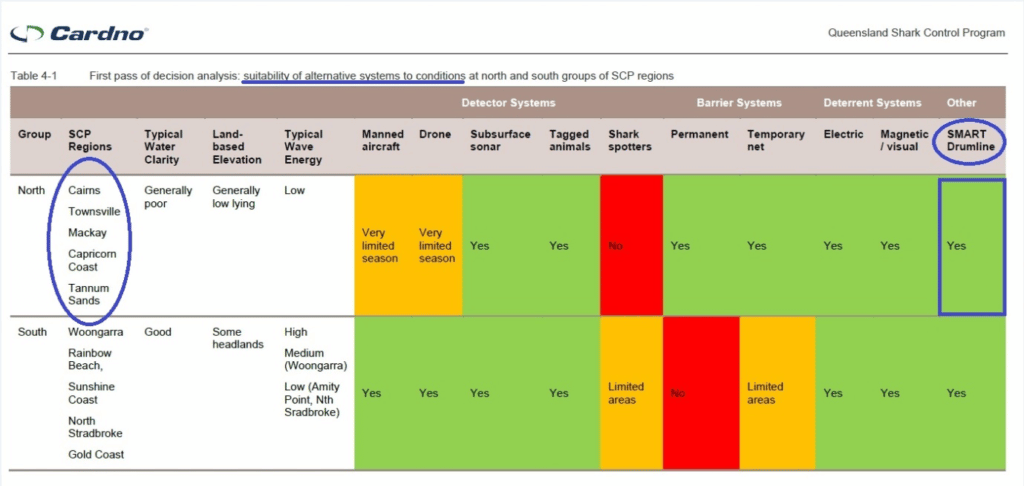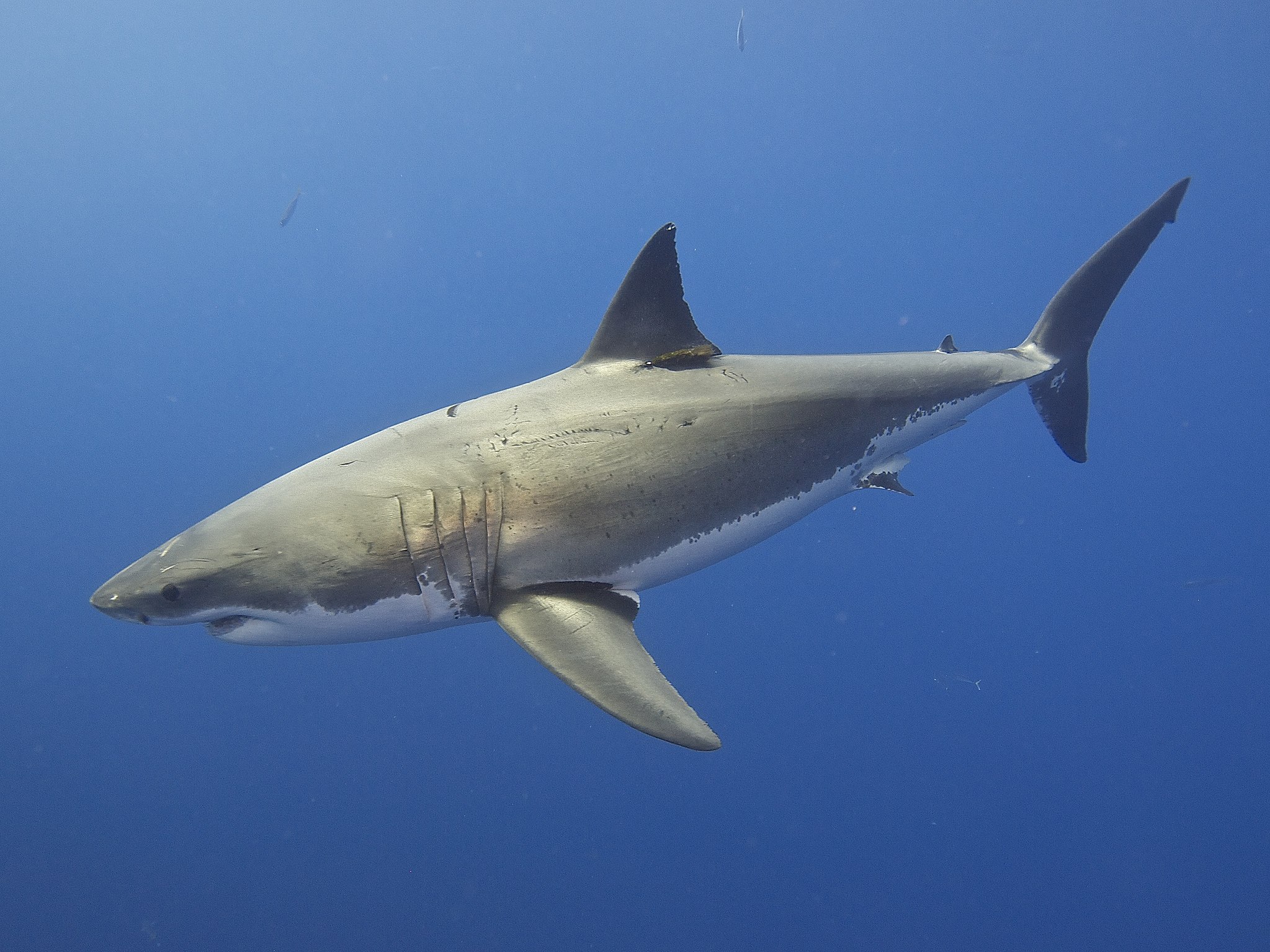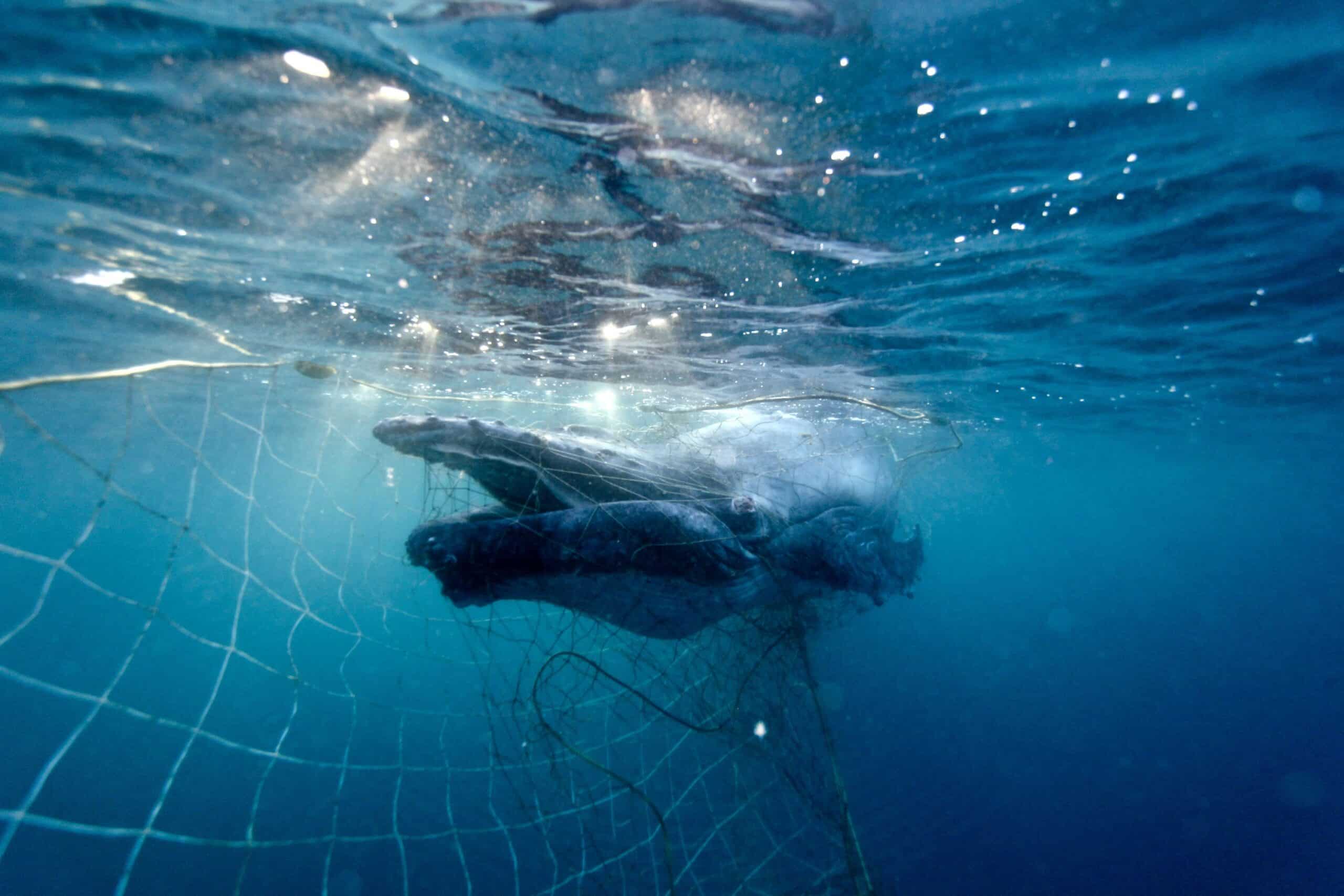Research shows that Australia’s great white sharks are highly related to each other and may consist of fewer than 500 breeding animals. SYDNEY, 24 June 2025: Latest research has found Australia’s great white shark population is much smaller than expected, increasing their vulnerability to further population threats. The population...
Since the 1960s the Queensland Government has been killing sharks in the name of swimmer safety.
The jury is in. It doesn’t work. It is an illusion – one that is “superficially attractive, albeit unscientific”. Having weighed up all of the evidence, the judges at the Administrative Appeals Tribunal (AAT) have ordered that the permit for the next 10 years of shark control in the Great Barrier Reef Marine Park be modernised. This will lead to a program that is more effective at protecting both swimmers without killing sharks and risking the ecology of the Great Barrier Reef.
The orders explained here are for the 173 traditional drumlines in the Marine Park to be managed more humanely while SMART drumlines (already in use in NSW and WA) are trialled and implemented progressively and other non-lethal technologies are researched. It followed a challenge to the original permit from Humane Society International.
Importantly, the AAT concluded that culling sharks does not reduce the rare and random risk of shark bites and said the science was ‘overwhelming’. They also expressed concern for the conservation of the tiger shark which scientists estimate has declined by 74% on the East Coast of Australia and as an apex predator is crucial to reef ecology.
Last month the Federal Court dismissed an appeal from the Queensland Government which sought to overturn the AAT orders. GBRMPA has now issued the revised permit to Queensland Department of Fisheries and published a Q&A explaining the situation.
The good news is that there are modern technologies available and in use today which have a much stronger chance of reducing the risk of shark bite. Drone surveillance, shark deterrents, barriers and education programs can reduce the rare and random risk of shark bite more effectively than culling.
Whereas there have actually been 27 shark bites and one fatality at Queensland beaches with shark culling equipment. It is the seriousness of the bite and the high quality emergency response available today that prevents these being fatalities rather than the presence of culling equipment on the beach.
In more good news, the Queensland Government has commissioned independent research from Cardno which explores the feasibility of non-lethal shark control options and it’s positive.
The Cardno report included the following chart that clearly shows that the report assessed SMART drumlines as suitable for the Northern (reef) regions of the Shark Control program.

The Report said “We have concluded that there is merit in a limited trial of SMART drumlines,” and that Rainbow Beach and Tannum Sands, beaches adjacent to the GBRMP, “represent a good opportunity to conduct a relatively cost-effective trial at an appropriate scale.”
The Cardno report also discusses other non-lethal strategies which the AAT said should be researched. It says: “There are three areas where targeted innovation funding could deliver effective results:
- The further development, assessment and tailoring of protective apparel (e.g. wetsuits) that is optimised for use by Queensland water users;
- The development of area-based deterrents or detection systems that are specifically tailored and independently tested in relevant Queensland environments; and
- Assessing the efficiency and effectiveness of drones including enhanced detection and recognition technologies for spotting sharks under Queensland conditions.”
The bad news is that politics risks squandering this opportunity. Both the AAT judgement and the Cardno report have been badly misrepresented by the Queensland Minister for Fisheries Mark Furner as part of a political strategy to make this issue a problem for the Federal Government.
Minister Furner is asking the Federal Government to open up the Great Barrier Reef Marine Park Act to enshrine culling permanently – this would be a radical and unwise move to subvert the evidence based decision making from both the AAT and Federal Court. Upping the ante on the Federal Government, Minister Furner chose to remove all of the drumlines from the marine park and raise public alarm in the media. This was unnecessary.
The Federal Government has legal advice confirming the traditional drumlines did not need to be removed under the new permit. There is no need for Federal intervention in this matter. The Queensland Government should get on and implement the orders – which are pragmatic and reasonable and will deliver improved protection for both swimmers and wildlife.
Nicola is our Head of Campaigns in Australia and has twenty five years of experience campaigning in the Australian and international animal protection movements. She first joined HSI in 1998 and has spent a total of 15 years with the organisation. She has also spent time working in the NSW parliament as a policy advisor to an upper house MP and spent three years with World Animal Protection. Nicola has championed wildlife protection at many multi-lateral environment meetings including the UN Convention for Trade in Endangered Species CITES, Convention for the Conservation of Biological Diversity (CBD), Convention for Migratory Species and the International Whaling Commission (IWC); often as an adviser on Australian government delegations. Career highlights have been negotiating Australia’s national environment laws in 1999, securing protection for a ‘million acres’ of threatened wildlife habitat, taking the Japanese whalers to court and winning, working with the Australian Government to instigate international agreements for albatross and sharks, and protecting great white sharks from the global trade in their jaws and fins.


